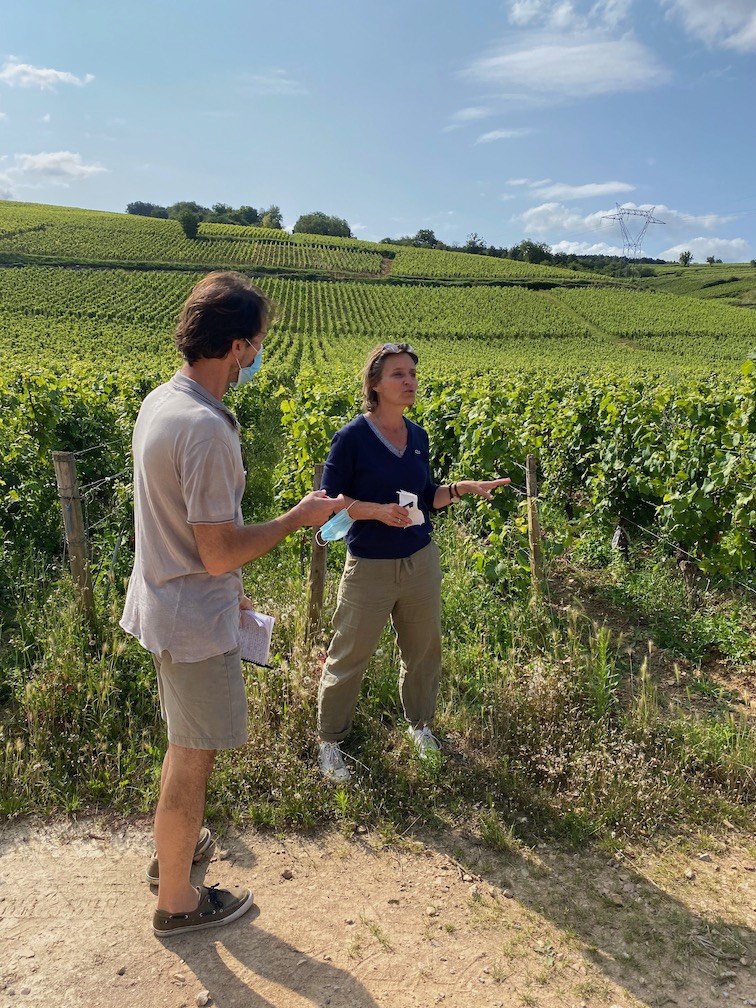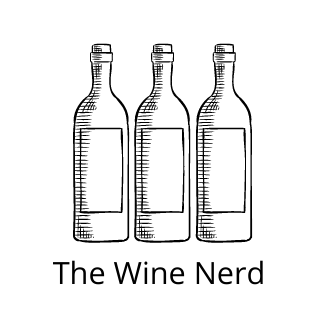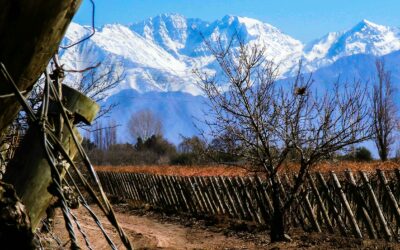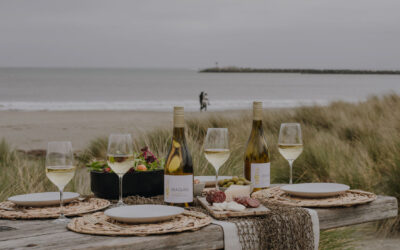I was particularly excited about the prospect of visiting this iconic estate in the heart of the Mâconnais for two main reasons. Firstly, I’ve loved Pouilly-Fuissé from the moment I tasted it back in the mid-90s during my Fortnum’s days and secondly, because I managed to sell quite a lot of their Vieilles Vignes back in the early noughties when I was selling to top central London restaurants and corporate dining rooms. Very occasionally, I could even stretch to buying a bottle or two.
We arrived fashionably late for our tour and tasting with Bénédicte Vincent, which wasn’t the best start, but fortunately there was another couple on our tour who was receiving the introductory talk ‘en Français’. It transpired he was a French caviar salesman so that was an encouraging start!
Who are the Vincent Family?
Bénédicte, who’s in charge of tours, exports, marketing and pretty much everything other than winemaking, along with her brother Antoine, who’s the winemaker and General Manager, represent the 5th generation of the Vincent family to own and manage this historic estate. Bénédicte is also assisted by her Dutch husband Philip in running the commercial side of the business and papa Vincent, Jean-Jacques, is still actively involved and was busy with the pressure washer in the yard during our tour. This is very much a full-scale family affair.
The Château de Fuissé Estate
The vineyards cover 40 hectares in total over five separate appellations with Pouilly-Fuissé being by far the largest at 25 hectares. Within these 25 hectares, their parcels are spread across some 45 climats which they mainly blend for their ‘Tête de Cuvée’. In addition, they bottle a few outstanding single-vineyard wines.
They also have around 8 hectares of Saint-Véran, 3 hectares of Mâcon-Villages, 1 hectare of Mâcon-Fuissé and 3 hectares of Juliénas in neighbouring Beaujolais.
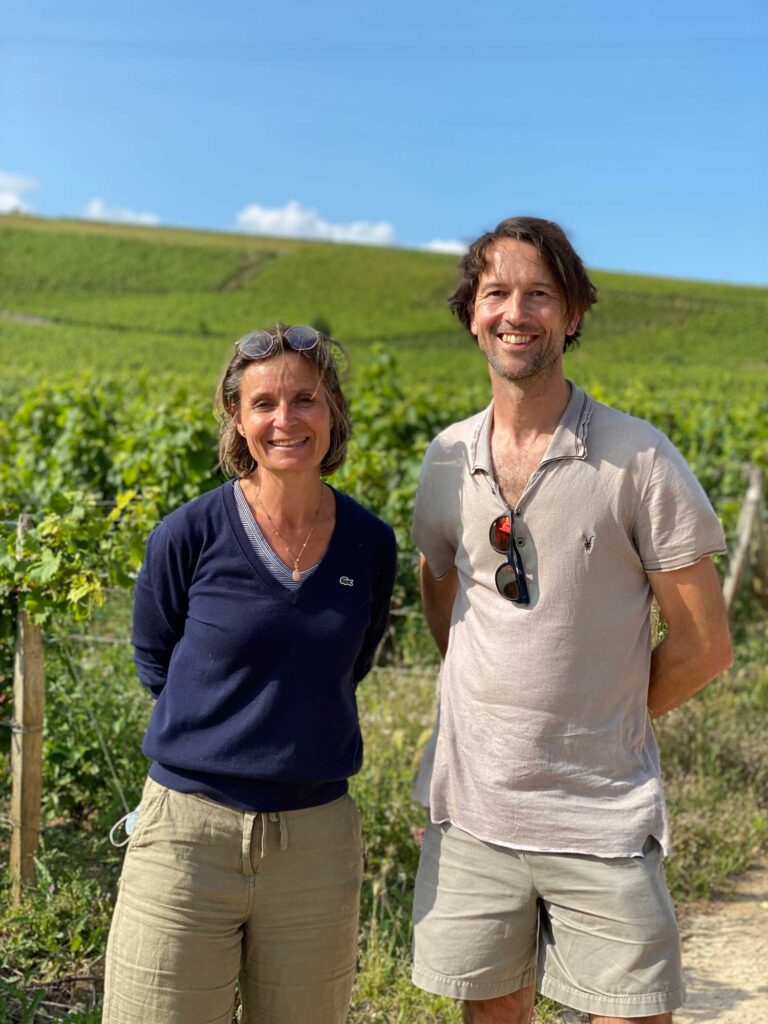
The Château itself dates back to the 15th Century and was bought by the Vincent family in 1862. The ‘Le Clos’ Monopole vineyard surrounds two sides of the Château and formed part of the original purchase. Some of the oldest vines are planted within this 3 hectare stone-walled vineyard but more about that later.
More Specifically on Pouilly-Fuissé
The Pouilly-Fuissé appellation incorporates five villages from Vergisson down to Chaintré, spanning around 10km from north to south. There are over 300 owners covering 800 hectares so the average holding is small. There are some 104 separate vineyard plots within 45 individual climats so it’s a pretty complex and fragmented region.
Last year, Pouilly-Fuissé finally got the green light to introduce a new hierarchy system which will see 22 climats recognised as Premier Crus, starting to show from the 2020 vintage labelled wines. This will represent around 23% of the total vineyard area in the Pouilly-Fuissé appellation (194 hectares). The Mâconnais is the last region in Bourgogne to be granted this system following a 13 year application and represents the first major re-classification for the Burgundy region since 1942. Finally, common sense prevails!
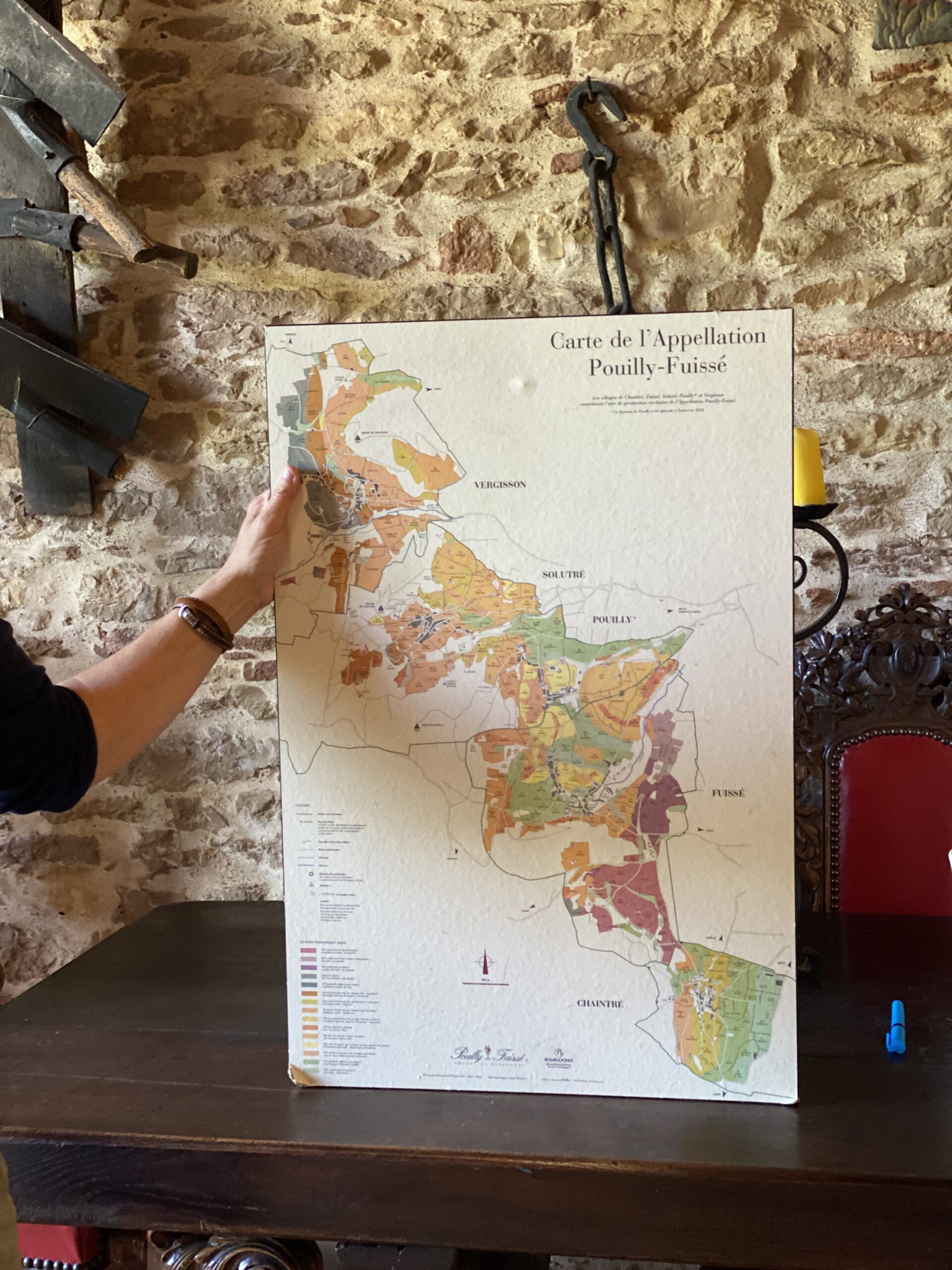
Winemaking Philosophy
The family practise ‘Lutte Raisonée’ (reasoned fight) in the vineyard which minimises the use of artificial herbicides and pesticides in favour of natural preparations. All grapes are hand-harvested and carefully transported to the winery for gentle, whole-bunch pressing. Antoine has a light-touch approach to winemaking, following traditional methods but isn’t afraid to embrace technology where appropriate.
Fermentation happens naturally with native yeasts and malolactic fermentation will be encouraged either partially or fully depending on the vintage and desired style. The overarching theme here is to maintain each vineyard’s identity (terroir) within each wine.
The wines generally spend a maximum of nine months in barrel but if the vintage is exceptional and the wines warrant it, this can be extended to 12 months. They replace around 20% of their barrel stock each year.
This was a highly-informative and enjoyable couple of hours discovering the unique history and provenance of this emblematic estate. We couldn’t resist buying a few bottles and plan to revisit again next year in order to see their main winemaking facility in Fuissé village and to meet Antoine too.
